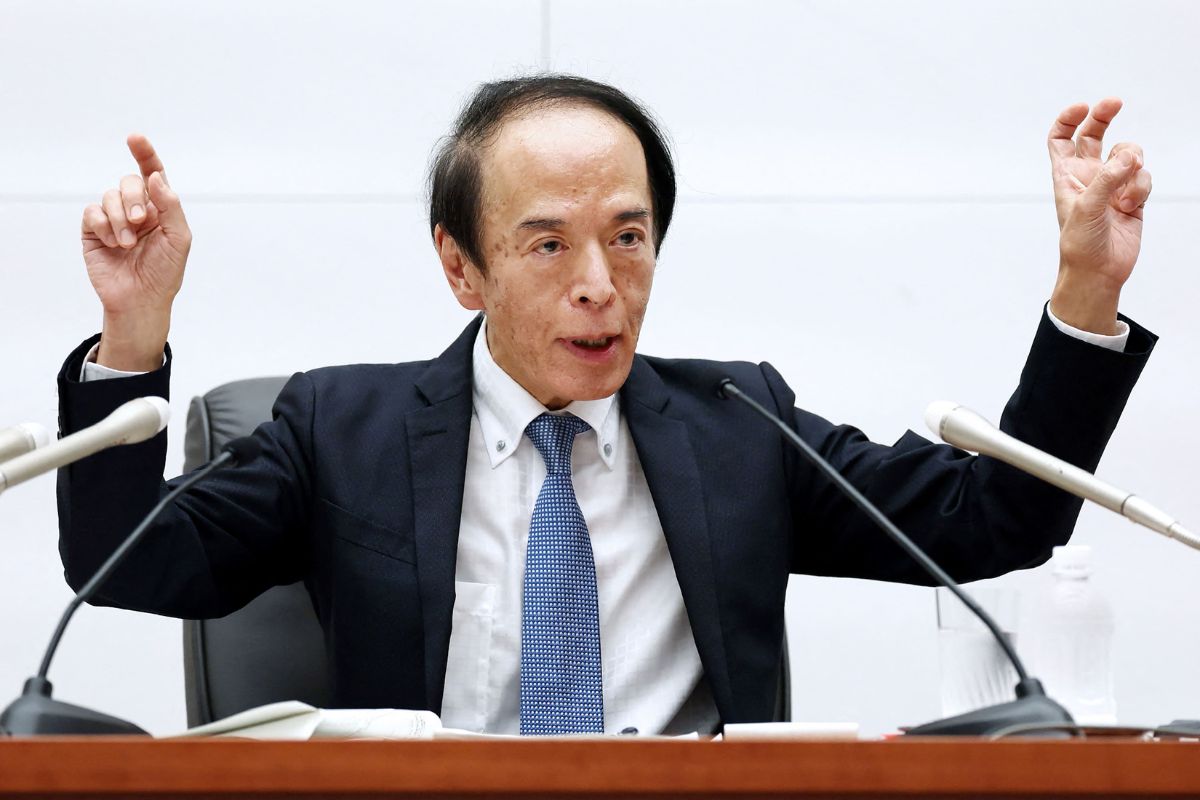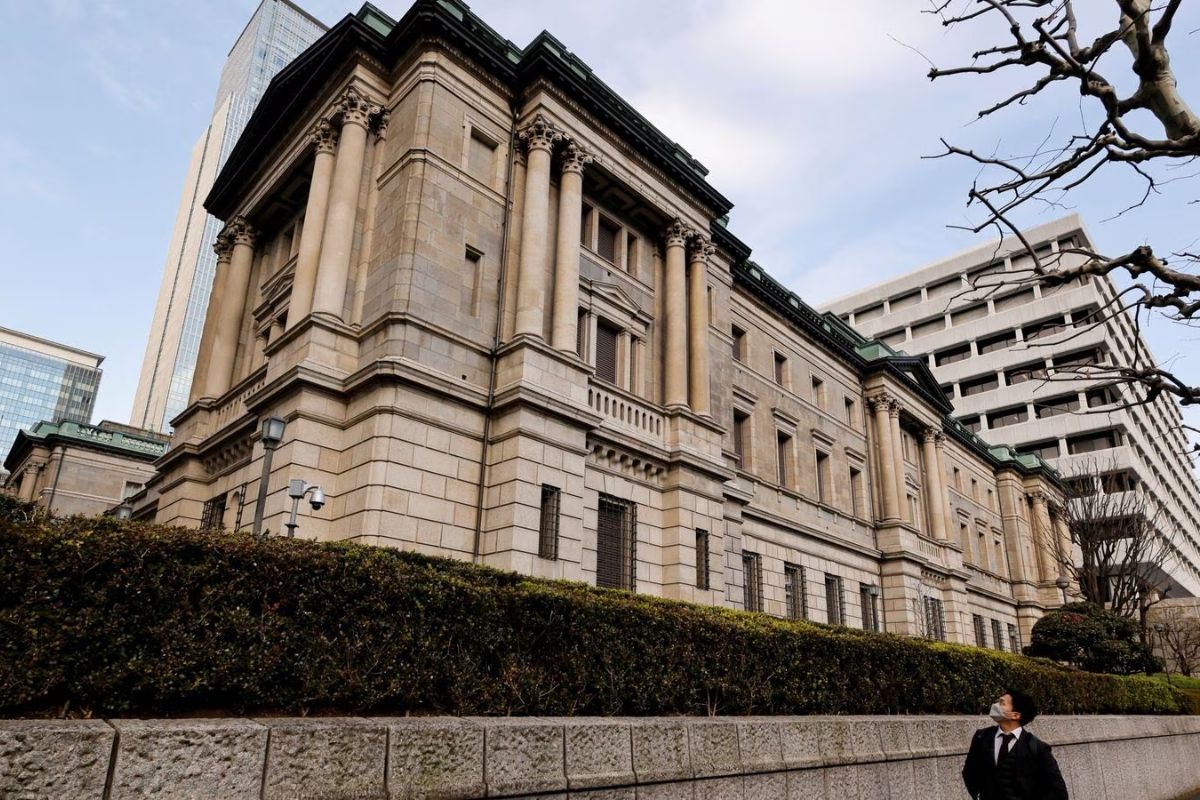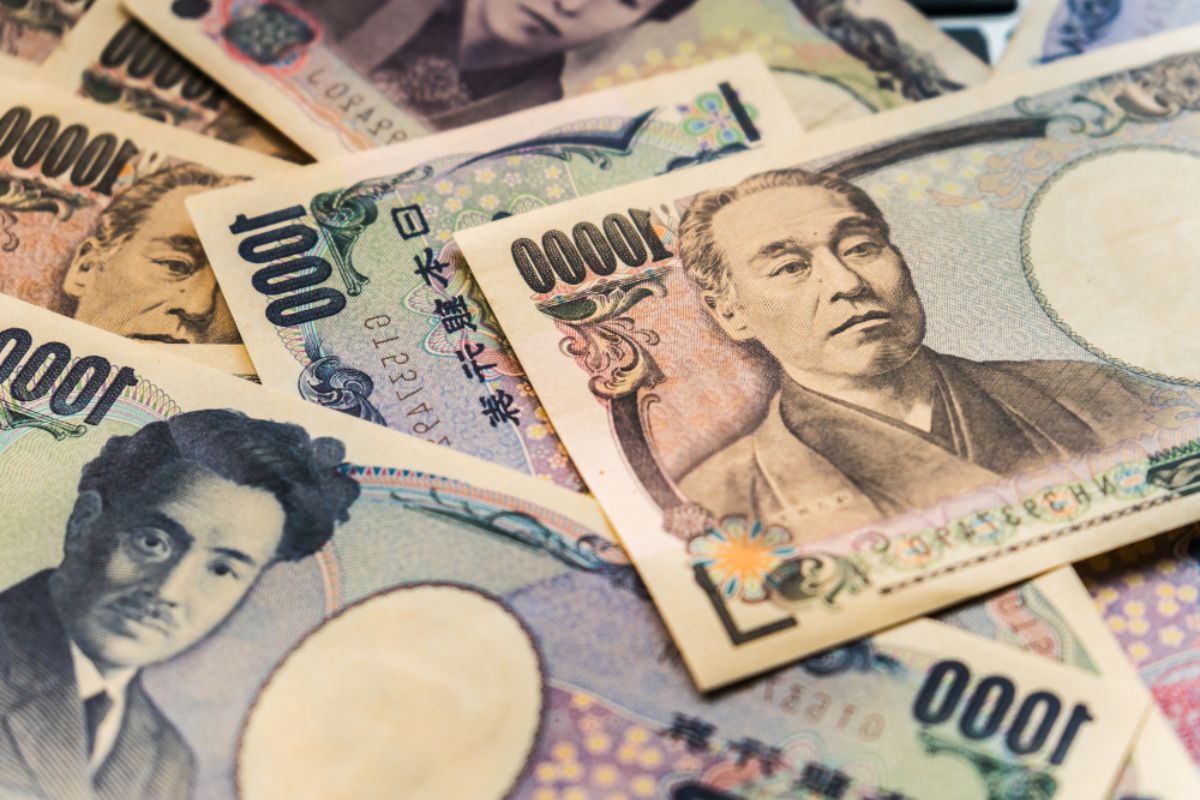Japan’s Deflation Mandate: The Bank of Japan (BOJ) has long grappled with the challenge of combating deflation and stimulating economic growth. Despite recent discussions surrounding potential rate changes, it is clear that Japan’s deflation mandate remains intact.
The government, in partnership with the BOJ, has consistently committed to achieving a 2% inflation target, signaling their determination to eradicate deflationary pressures. However, the potential shift in BOJ policy raises questions about the effectiveness of their current strategies and the challenges they face in ending deflation.
As we delve into the gradual dismantling of stimulus measures and the future economic landscape, it becomes evident that Japan’s journey towards sustainable growth is far from over.
Key Takeaways
- Japan’s economic strategy focuses on sustaining growth while addressing deflation.
- The government and BOJ are committed to achieving a 2% inflation target.
- Ending deflation poses significant challenges and requires careful navigation and policy adjustments.
- The gradual dismantling of stimulus measures by the BOJ shapes Japan’s economic strategy and future economic landscape.
Japan’s Economic Strategy Amidst Inflation Considerations
In light of potential inflation concerns, Japan’s economic strategy remains steadfast, guided by a balanced approach aimed at sustaining growth without compromising its deflation mandate.
Also Read: Stability in Japan’s Wholesale Inflation: A December Report Easing BOJ Pressures
Despite the potential phasing out of extensive stimulus, including the termination of negative interest rates, Japan’s Chief Economist, Tomoko Hayashi, asserts the country’s ability to combat deflation. This implies that the government is confident in its ability to maintain price stability and prevent the economy from slipping back into a deflationary spiral.
Japan’s economic strategy, therefore, focuses on striking a delicate balance between stimulating growth and addressing inflationary pressures. This approach indicates a cautious yet proactive stance, where policymakers are prepared to adjust their monetary policy tools as necessary to ensure the economy remains on a sustainable growth path.
Government and BOJ Commitment to 2% Inflation Target
The steadfast commitment of both the Japanese government and the Bank of Japan (BOJ) to achieve a 2% inflation target has remained a key pillar of Japan’s economic strategy, demonstrating their unwavering determination to prevent a return to deflation. This commitment was made in 2013 and has been consistently emphasized by both parties.
Despite potential changes in BOJ rates, the government and BOJ have maintained their focus on achieving the inflation target. This commitment reflects their recognition of the negative impact of deflation on the economy and their belief that achieving a moderate level of inflation is essential for sustained economic growth. It also indicates their confidence in the effectiveness of monetary policy in stimulating demand and raising prices.
The government and BOJ’s commitment to the inflation target is a clear indication of their dedication to overcoming deflationary pressures and promoting a healthy and vibrant economy in Japan.
Debating the Potential Shift in BOJ Policy
Amidst discussions surrounding the potential shift in BOJ policy, the significance of the 2% inflation target should not be undermined, as emphasized by Hayashi. While considerations arise to end the negative rate policy due to prolonged inflation above 2%, it is important to recognize the ongoing commitment to the inflation target.
Here are three key points to consider:
- Maintaining the 2% inflation target is crucial for combating deflation and achieving sustainable economic growth.
- The close communication between the government and the central bank highlights their shared commitment to price stability.
- Any policy shift should be cautiously considered, taking into account the potential impact on the inflation target and the overall economy.
Debating the potential shift in BOJ policy should not overshadow the importance of maintaining the 2% inflation target and the collaborative efforts between the government and the central bank.
Challenges and Considerations in Ending Deflation
Ending deflation poses significant challenges and requires careful consideration of various factors, including economic data and government commitment to stable wage increases. Prime Minister Fumio Kishida’s emphasis on the government’s determination to end deflation is a positive step towards achieving this goal.
However, declaring an official end to deflation is not a simple task. It necessitates a thorough examination of economic indicators, such as inflation rates, consumer spending, and investment levels. Additionally, the government’s commitment to ensuring stable wage increases is crucial in stimulating consumer demand and breaking the deflationary spiral.
Achieving this requires cooperation between the government, businesses, and labor unions. It is essential to create an environment where businesses are willing to invest and raise wages, while consumers have the confidence to spend.
Balancing these factors is crucial for successfully ending deflation in Japan.
BOJ’s Gradual Dismantling of Stimulus and Future Economic Landscape
As the Bank of Japan (BOJ) gradually dismantles its stimulus measures, the future economic landscape of Japan becomes increasingly complex and uncertain. The BOJ’s decision to end negative rates by April brings several factors into play that will shape Japan’s economic strategy going forward:
- Evolving economic landscape: The gradual dismantling of stimulus measures signifies a shift in the BOJ’s approach to monetary policy. This shift will require careful navigation of economic indicators and policy adjustments to ensure stability and growth.
- Wage growth trends: One key factor that will influence the future economic landscape is the trajectory of wage growth. As the BOJ removes stimulus measures, it will be essential to monitor wage trends to gauge the impact on consumer spending and overall economic activity.
- Scrutiny of deflation indicators: Japan has been battling deflation for years, and the BOJ’s gradual dismantling of stimulus measures adds pressure to address this issue effectively. Close attention will be paid to inflation indicators to determine the success of the BOJ’s strategy and the potential need for further policy adjustments.
Navigating the complexities of Japan’s future economic landscape will require a delicate balance of policy decisions, economic indicators, and a keen understanding of the interplay between various factors. The BOJ’s gradual dismantling of stimulus measures marks a significant turning point in Japan’s economic strategy, and the coming months will be crucial in determining its success.
Conclusion Of Japan’s Deflation Mandate
Japan’s commitment to ending deflation remains intact, despite potential changes in the Bank of Japan’s policy rates. The government and the BOJ are determined to achieve the 2% inflation target and are gradually dismantling stimulus measures.
However, there are challenges and considerations in ending deflation, and the future economic landscape remains uncertain. It is crucial for Japan to carefully navigate these complexities to ensure sustained economic growth and stability.
Our Reader’s Queries
Q1 What is the mandate of the BOJ?
A The primary mandate of the Bank of Japan is singular — maintaining price stability. In contrast to many major central banks with a dual mandate that encompasses optimal employment, the BOJ’s explicit goal is to achieve approximately 2% inflation.
Q2 Why is BOJ keeping interest rates low?
A Japan’s central bank has implemented significant monetary easing, keeping interest rates low in its efforts to eliminate decades-long deflation and rejuvenate robust consumer price growth. Regarding his comments, Himino stated that he spoke with the perspective of considering all potential scenarios in the event of an exit.
Q3 How did Japan deal with deflation?
A Having officially acknowledged Japan’s state of deflation in 2001, the government has consistently prioritized ending price declines as a key policy objective. This emphasis has resulted in extensive fiscal spending over the years to support the economy, placing sustained pressure on the central bank to uphold an ultra-loose monetary policy.




